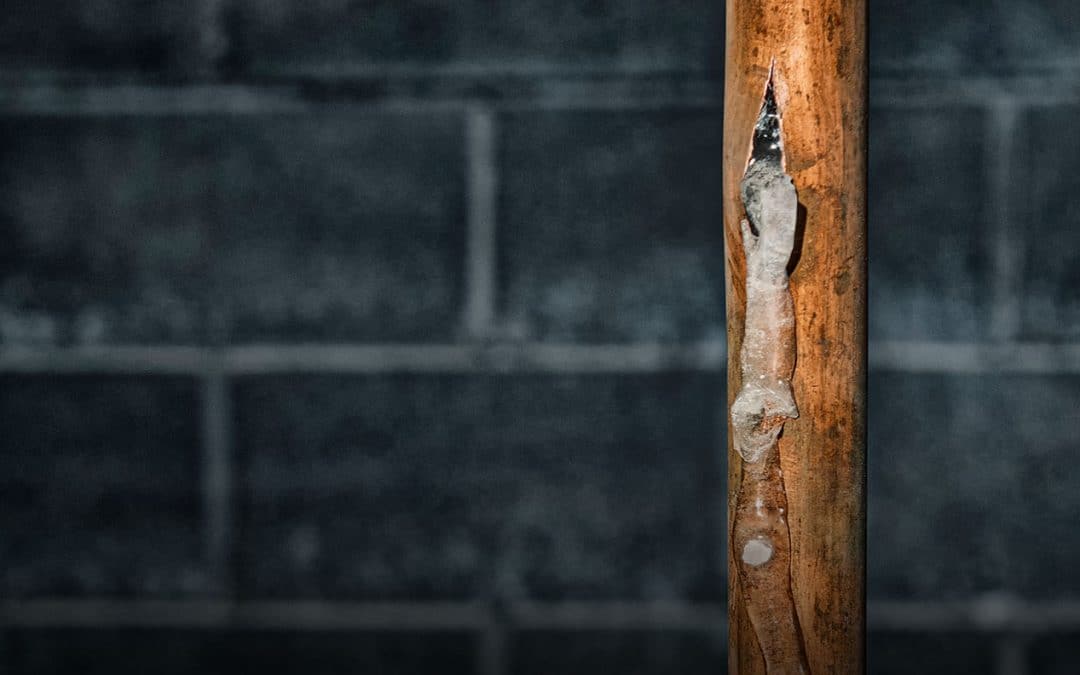If you like to dazzle your neighbors during the holiday season with festive lights on your home and trees, it’s essential to make sure you do so safely to avoid the risk of fire.
According to the National Fire Protection Association, an estimated 860 fires are caused annually by holiday decorations. That doesn’t include the estimated 210 fires caused by indoor Christmas trees.
If you plan to go all out this season decorating the outside of your home, MAPFRE Insurance and the Electrical Safety Foundation have several safety recommendations.
Purchase quality lights
When buying new outdoor lights, ensure they are waterproof. Check the label to ensure they are approved by a nationally recognized testing lab such as Underwriters Laboratory (UL) or Intertek (ETL).
Ensure existing lights are safe
Before putting old lights on the house or outdoor trees, check the wiring, cables and plugs for any damage. The wiring should also be sealed so that no water gets inside. Do not try to repair any cracked, damaged, or loose electrical or extension cords.
Only use outdoor lights outdoors
Check the label on the packaging to ensure the lights you use are approved for outdoor use. Outdoor lights are made to withstand colder temperatures and have waterproof cables, bulbs, and sockets.
Get proper extension cords
When purchasing extension cords, be sure to match the amperage of electrical products with the amperage rating of extension cords.
Install lights safety
Do not attempt to hang your lights alone, especially when using a ladder. When selecting a ladder, ensure it extends at least three feet past the roof’s edge and only use a wooden or fiberglass ladder, as metal ones conduct electricity. In addition, be sure to keep yourself and your equipment at least 10 feet from power lines.
Light placement
As you put the lights up on the house, make sure light strings are clear of snow and standing water and are not pinched in doors or windows.
Fastening lights
It’s important to make sure lights are safely fastened with plastic mounting clips or cable ties. Nails or staples should never be used as they can damage the wiring. If hanging lights on trees, make sure they are up high enough so that they can’t accidentally be pulled down by a passing vehicle.
Don’t overload sockets
When hanging lights, follow the manufacturer’s instructions on how many strings of lights you can connect. Don’t connect more than three strings of lights, and don’t overload electrical sockets, as doing so can cause them to overheat and cause a fire.
Don’t use faulty lights
If you notice lights that are flickering or making noises, or if heat or smoke is coming from a plug, immediately unplug them and discontinue use. If you need to replace bulbs or fuses, always unplug the lights first!
Powering down
When going to bed or leaving your home for a long time, turn off the outdoor lights to reduce the risk of starting a fire.
Taking down lights
When it’s time to take the lights down, try to put them back in their original packing to keep the cables and plugs from bending and getting nicks. It’s also recommended to store sets of lights together in a large plastic tote to ensure no water or dampness gets inside.
We hope you found these tips helpful! And remember, MAPFRE partners with local independent insurance agents to help you find the right policy wherever you are! And if you’re a Massachusetts resident and are not yet insured with us, you can always get a fast, free quote online today to see how much you could save on your home insurance.



